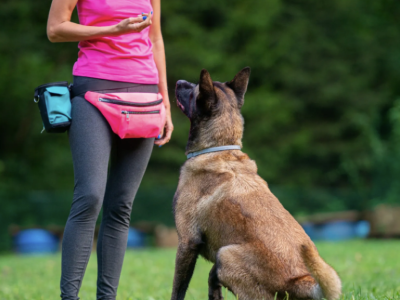Dogs may not speak our language, but they’re constantly “talking” through their actions, expressions, and posture. Learning to interpret these silent signals is essential for building a solid relationship with your pet. It can help prevent misunderstandings, foster emotional balance, and ensure smoother interactions—especially around other dogs.
Decoding Canine Signals
Dogs communicate using a mix of body language, facial gestures, and sounds. Their ears, tail, eyes, and overall stance act as a living barometer for how they’re feeling. A fast-wagging tail that’s held high doesn’t always mean happiness—it might also reflect excitement mixed with tension or heightened alertness. Similarly, ears that stand upright often indicate focus or curiosity, while ears flattened backward can reveal stress or submissiveness.
Watch their eyes closely: when a dog’s gaze is stiff or you can see the whites of their eyes, it may be a sign of uneasiness. A soft, relaxed expression typically means they’re calm and at ease. Less obvious signs, like yawning or lip licking when it’s not tied to food or sleep, might mean they’re nervous or trying to de-escalate a situation.
Navigating Group Dynamics
Exposing your dog to various scenarios and individuals plays a key role in their emotional resilience. Socializing early and often helps them become more comfortable in unfamiliar settings. Even so, even the most confident dogs can become overwhelmed if the environment becomes too intense. Recognizing when your dog is nearing their limit lets you intervene early and prevent conflicts.
Signs of discomfort might include a stiffened posture, raised hackles, or a low, warning growl. In contrast, when a dog dips their front end with their rear end high in the air, it’s a clear “let’s play” signal. Reading these behaviors can guide you in managing your dog’s interactions—whether during a casual meetup at the park or a stay at a pet facility.
The Value of Professional Social Settings
Dog daycare offers far more than a way to pass the time while you’re at work. It gives your pup the chance to practice good manners around other dogs, release built-up energy, and enjoy companionship in a supervised setting. These experiences teach them how to respond appropriately in different social situations, ultimately helping them grow into more adaptable and confident pets.
Looking Beyond Body Signals
While body language is a powerful tool for understanding your dog, it’s just one part of the equation. Equally important are mental stimulation, daily exercise, and consistent, reward-based training. Keeping your dog busy with puzzles, sniffing games, or toys that challenge their brain can prevent restlessness and sharpen their thinking skills. Predictable daily routines also contribute to emotional stability, helping them feel more secure in their environment.
It’s just as crucial to recognize when your dog needs a break. If they pull away or seem unsure, giving them space can prevent anxiety and strengthen your mutual trust.
By tuning into the silent ways your dog communicates, you’ll foster a deeper, more harmonious relationship. When their needs are met both physically and emotionally, your dog is far more likely to thrive—happier, healthier, and more in sync with you.
For more in-depth information on interpreting canine behavior, consider exploring a detailed guide on dog communication techniques.
Content provided by Off Leash Hotel, a trusted New Lenox dog daycare











Comments